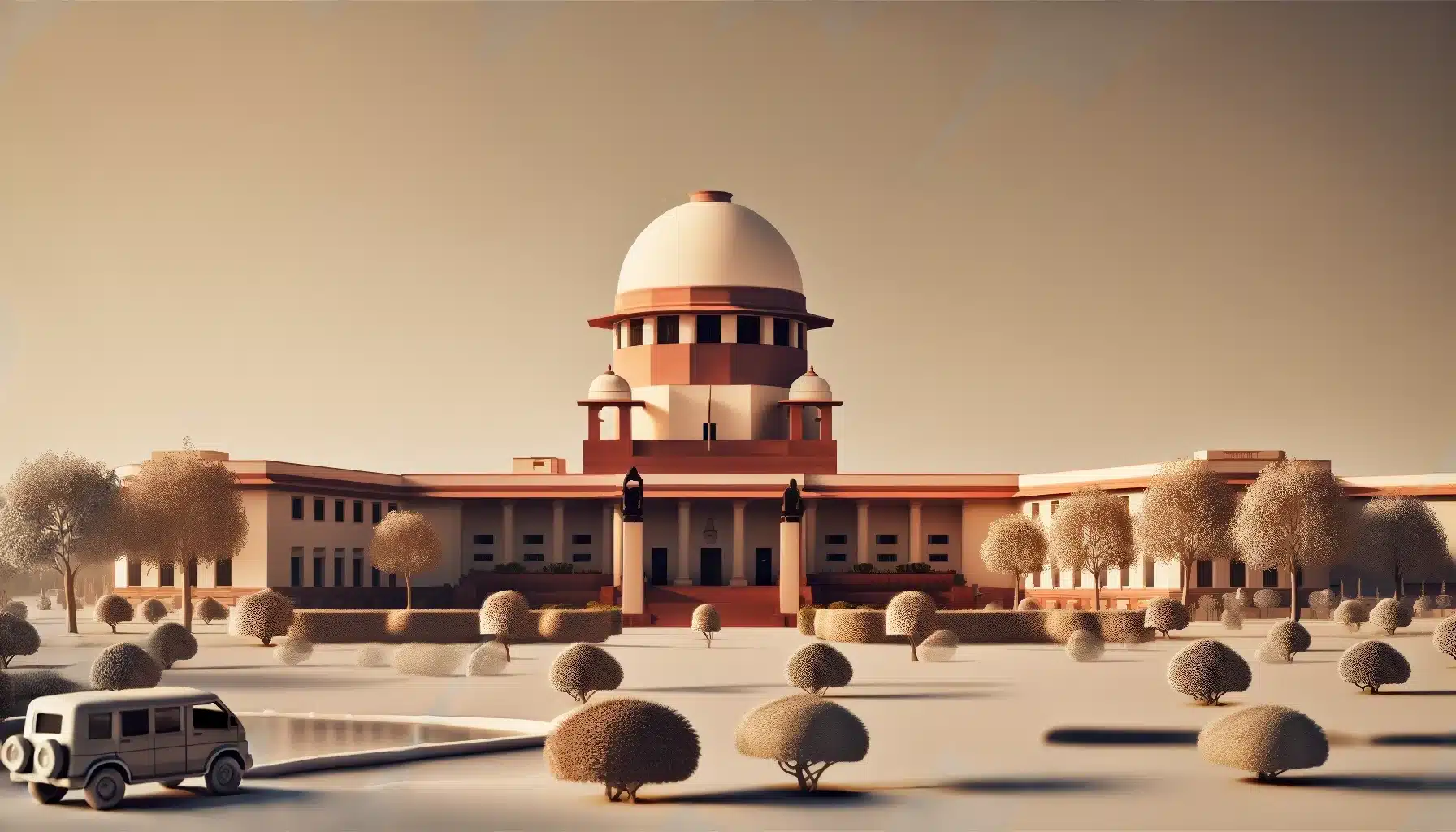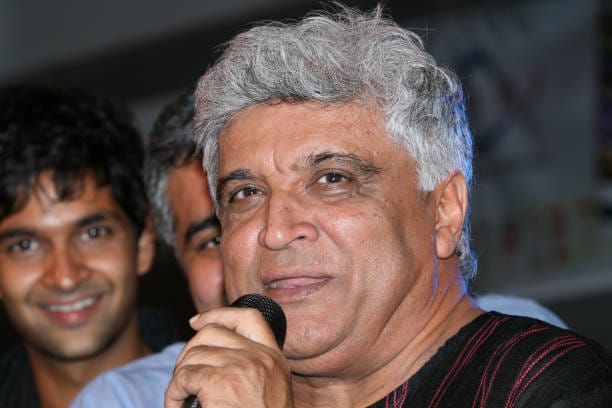The Supreme Court is set to examine whether a victim can seek compensation under both Section 166 and Section 163A of the Motor Vehicles Act, 1988. This question arises from an accident in 1995 involving Jai Prakash, who was seriously injured and later awarded enhanced compensation by the Allahabad

The Supreme Court of India is set to examine a critical legal issue regarding the interpretation of compensation claims under the Motor Vehicles Act, 1988. The Court will consider whether a victim can seek compensation simultaneously under Section 166 and Section 163A of the Act. Section 166 requires proving the fault or negligence of the driver, whereas Section 163A allows for no-fault liability, meaning the claimant is not obligated to prove any negligence. This case highlights a significant issue in the legal framework surrounding compensation for road accidents.
Compensation Claims Under Sections 166 and 163A:
- Section 166 of the Motor Vehicles Act, 1988 allows a claimant to seek compensation based on proving the fault or negligence of the driver of the offending vehicle.
- On the other hand, Section 163A introduces no-fault liability, which means the claimant is not required to establish any wrongful act, neglect, or default by the vehicle owner or driver.
- Compensation under Section 163A is calculated using a structured formula found in the Second Schedule of the Act.
Supreme Court’s Involvement:
- A Bench comprising Justice CT Ravikumar and Justice Sanjay Karol has issued a notice, returnable in four weeks, in a Special Leave Petition (SLP) challenging a judgment of the Allahabad High Court concerning compensation for injuries sustained in a road accident.
- The Court stated, “The matter involves certain issues of seminal importance, including whether a victim can file an application for compensation conjointly under Section 166 and 163A of the Motor Vehicles Act, 1988. Issue notice, returnable in four weeks.”
Background of the Case:
- The case stems from an accident that occurred on October 6, 1995, involving Jai Prakash, who was severely injured due to alleged rash and negligent driving by a bus owned by the Uttar Pradesh State Road Transport Corporation (UPSRTC).
- Jai Prakash, a postgraduate in Indian History, sustained 60 percent permanent disability as a result of the accident.
- The claimant filed an application for compensation under Section 166 and Section 163A of the Motor Vehicles Act.
Tribunal’s Award and Claimant’s Appeal:
- The Motor Accident Claims Tribunal (MACT) in Varanasi awarded Rs. 2,42,092.43 to the claimant, along with 6 percent annual interest.
- In its judgment dated September 23, 2002, the MACT calculated the claimant’s annual income as Rs. 15,000 and used a multiplier of 18 to determine the compensation.
- The Tribunal also awarded Rs. 5,000 for pain and suffering, which the claimant argued was insufficient, given the severity of the injuries sustained.
Allahabad High Court’s Decision:
- The claimant sought an enhancement of the compensation, arguing that the Tribunal had underestimated his income and failed to account for future medical expenses and future prospects.
- The Allahabad High Court accepted the claimant’s contention, noting that the Tribunal had erred in assessing his income. The Court observed that the claimant, a well-educated individual, was 28 years old at the time of the accident and had a promising future.
- Based on the Supreme Court’s judgment in Jagdish v. Mohan & Ors. (2018), the High Court revised the claimant’s monthly income to Rs. 5,000 and added 40 percent for future prospects.
- Consequently, the High Court reassessed the compensation and increased it to Rs. 9,36,900, with 6 percent interest from the date of the Tribunal’s award.
- The High Court directed UPSRTC to pay the enhanced compensation within two months.
- UPSRTC has now challenged the decision of the Allahabad High Court in the Supreme Court through the present SLP.
Click to read: UP State Road Transport Corporation & Anr. v. Jai Prakash & Anr. Special Leave to Appeal (C) No. 19821/2024





